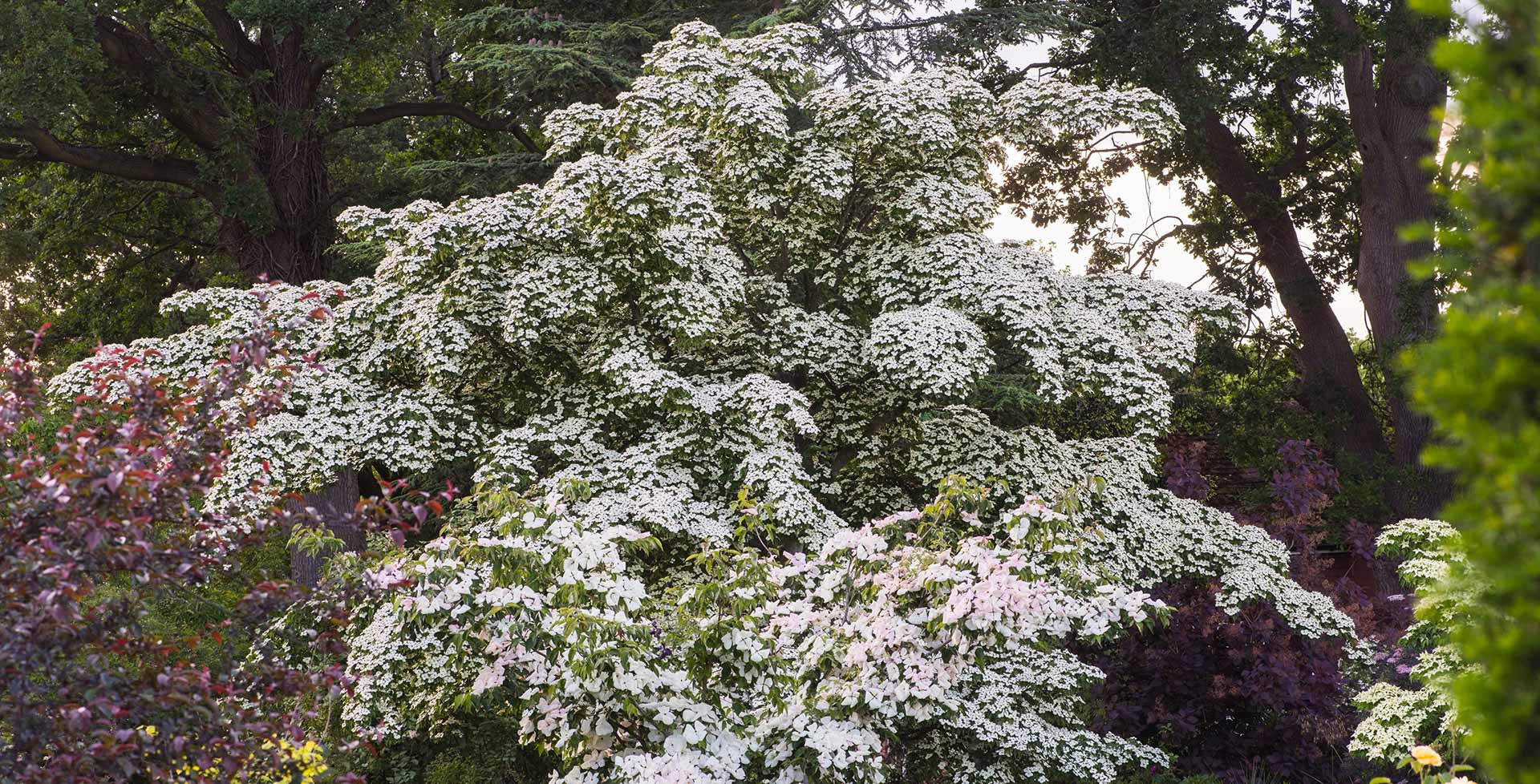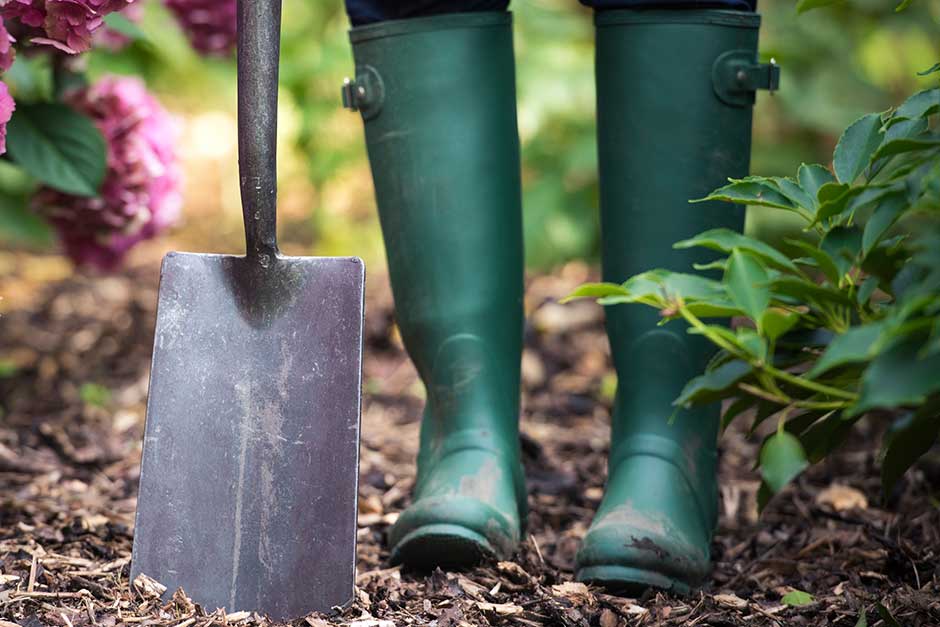
Introducing...
Flowering dogwood
Many of the larger dogwoods are useful as specimen trees or for adding height and interest to the back of a mixed border. They can be underplanted with spring-flowering bulbs or used as part of a mixed wildlife-friendly hedge.
Looks
Some of the tree and shrub dogwoods (Cornus kousa) have a graceful spreading habit, which provides sweeping branches of eye-catching white or pink flower bracts. The bright-yellow, late-winter blooms of the Cornelian cherry (Cornus mas) start off the year in a cheery way. The elegant wedding-cake trees (Cornus controversa and Cornus alternifolia) have horizontal branches in tiers adorned with clusters of tiny white flowers. Cornus canadensis makes an excellent groundcover with its creeping stems.
Likes
Dogwoods grow in most soils, though flowering types prefer neutral to acid soil. They can do well in sun or partial shade. Variegated forms need to be in the sun to make the best leaf colour.
Dislikes
Dogwoods will not thrive in excessively dry soil. Flowering will be poor in deep shade.
Did you know?
Although the fruit of flowering dogwood is edible, the flavour and texture is nothing special; so it is better to leave them on the tree for ornamental value and the birds.
Growing guide

How to grow flowering cornus
All the information you’ll need to grow & care for flowering dogwood in your garden.
Flowering dogwood we recommend
Cornus florida f. rubra
flowering dogwood red-form
- 4–8 metres
- 4–8 metres
Cornus controversa 'Variegata' (v)
wedding cake tree
- 4–8 metres
- 4–8 metres
Cornus × elwinortonii Venus ('Kn30 8'PBR) (Jersey Star Series)
dogwood [Venus]
- 4–8 metres
- 2.5–4 metres
Cornus florida f. rubra
flowering dogwood red-form
- 4–8 metres
- 4–8 metres
Cornus controversa 'Variegata' (v)
wedding cake tree
- 4–8 metres
- 4–8 metres
Cornus × elwinortonii Venus ('Kn30 8'PBR) (Jersey Star Series)
dogwood [Venus]
- 4–8 metres
- 2.5–4 metres
Useful advice
Shrubs: pruning summer- or autumn-flowering
Get involved
The Royal Horticultural Society is the UK’s leading gardening charity. We aim to enrich everyone’s life through plants, and make the UK a greener and more beautiful place.